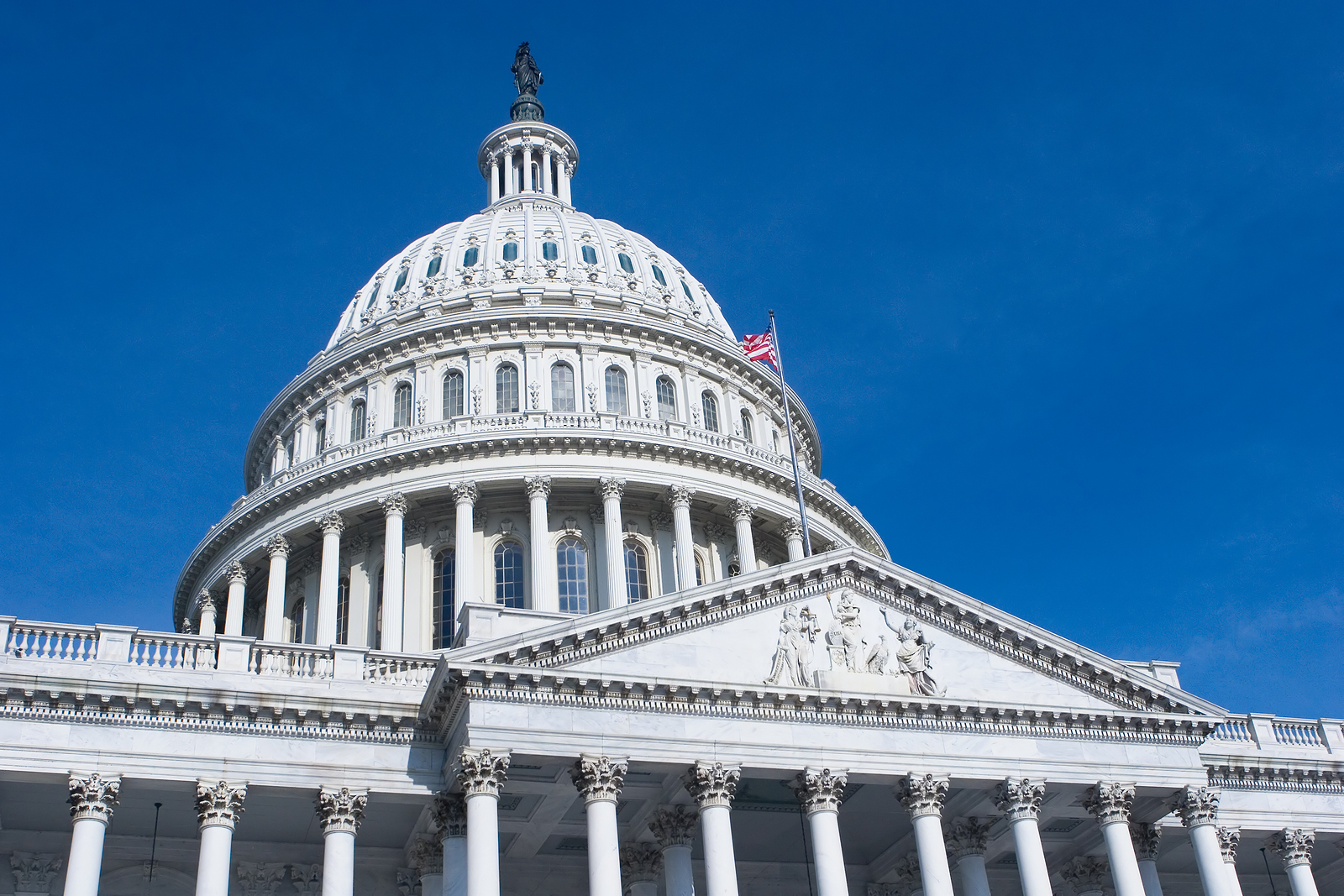Congress Seeks Review of Keystone Pipeline in Wake of Spill
BISMARCK, N.D. (AP) — Top U.S. House Democrats have called for a federal review of the Keystone pipeline and the agency that regulates it in the wake of 383,000-gallon (1.4-million-liter) spill in northeastern North Dakota.
In a letter Monday to the Government Accountability Office, the congressmen said the spills raise “serious questions” about pipeline owner TC Energy’s management of the line, and whether the Pipeline and Hazardous Materials Safety Administration (PHMSA) is providing adequate oversight.
“The public has a legitimate expectation that the Keystone Pipeline System managed by TC Energy operate safely and without repeated incidents that damage the environment and threaten the public’s health and security,” according to the letter signed by House Energy and Commerce Chairman Rep. Frank Pallone, of New Jersey; Transportation and Infrastructure Chairman Peter DeFazio, of Oregon; Railroads, Pipelines and Hazardous Materials subcommittee Chairman Dan Lipinski, of Illinois; and Energy subcommittee Chairman Bobby Rush of Illinois.
GAO spokeswoman Sarah Kaczmarek said Tuesday that the nonpartisan watchdog agency received the congressional request and is evaluating it.
“At this point, no decisions have been made,” she said, adding that the process could “take some weeks.”
Calgary, Alberta-based TC Energy, formerly known as TransCanada, reported the spill in North Dakota on Oct. 29. The pipeline returned to service on Nov. 10 after approval of a repair and restart plan by the federal pipeline safety agency.
The company did not immediately respond to an Associated Press phone message seeking comment on the House Democrats’ request for action.
The cause of the leak has not been disclosed and cleanup work continues near the small town of Edinburg, North Dakota, state regulators said.
The House Democratic leaders said in their letter that the North Dakota leak follows spills in South Dakota in 2016 and 2017.
“Yet we are faced with the third occurrence of a significant pipeline leak that has devastating impacts to both the environment and nearby communities,” they wrote.
Crude began flowing through the $5.2 billion pipeline in 2011. It’s designed to carry crude oil across Saskatchewan and Manitoba, and through North Dakota, South Dakota, Nebraska, Kansas and Missouri on the way to refineries in Patoka, Illinois and Cushing, Oklahoma. It can handle about 23 million gallons (87 million liters) daily.
It is part of a system that also is to include the proposed $8 billion Keystone XL pipeline designed to transport the oil from western Canada to terminals on the Gulf Coast.
Related News
Related News

- Energy Transfer to Build $5.3 Billion Permian Gas Pipeline to Supply Southwest
- Enbridge Sees High Demand to Expand 593-Mile Canada-to-U.S. Gulf Oil Pipeline
- Strike Pioneers First-of-Its-Kind Pipe-in-Pipe Installation on Gulf Coast with Enbridge
- 208-Mile Mississippi-to-Alabama Gas Pipeline Moves Into FERC Review
- Chesapeake, AEP to Build $10 Million Ohio Gas Pipeline for Data-Center Power
- 275-Mile Texas-to-Oklahoma Gas Pipeline Enters Open Season
- Enbridge Sees High Demand to Expand 593-Mile Canada-to-U.S. Gulf Oil Pipeline
- LNG Canada Start-Up Fails to Lift Gas Prices Amid Supply Glut
- Strike Pioneers First-of-Its-Kind Pipe-in-Pipe Installation on Gulf Coast with Enbridge
- Trump Claims Japan, U.S. to Form Joint Venture for Alaska LNG Exports





Comments